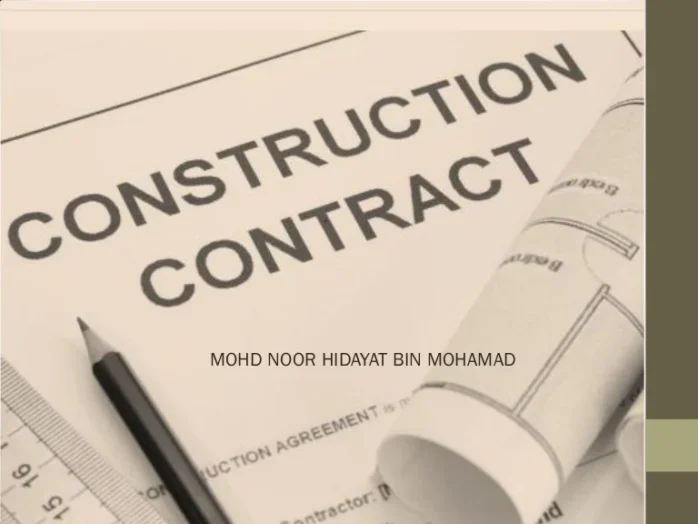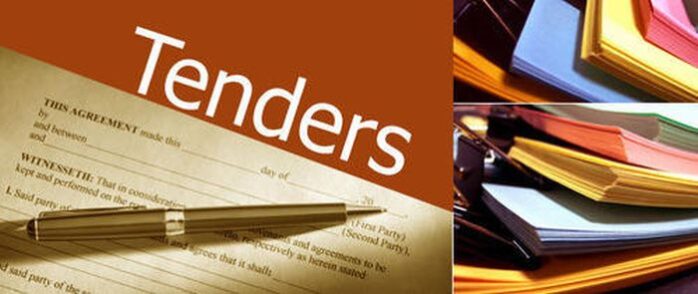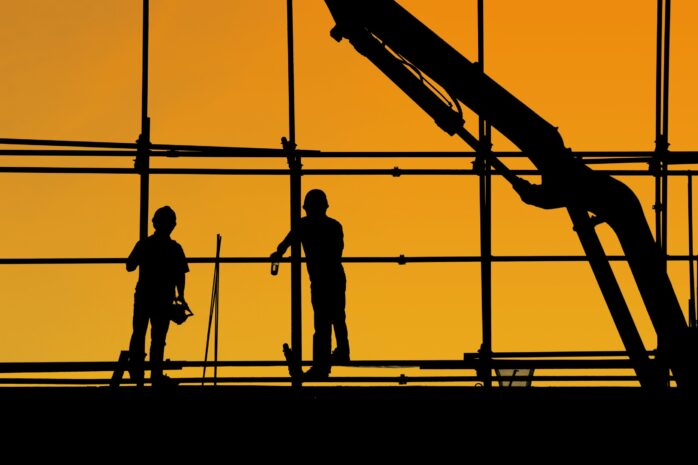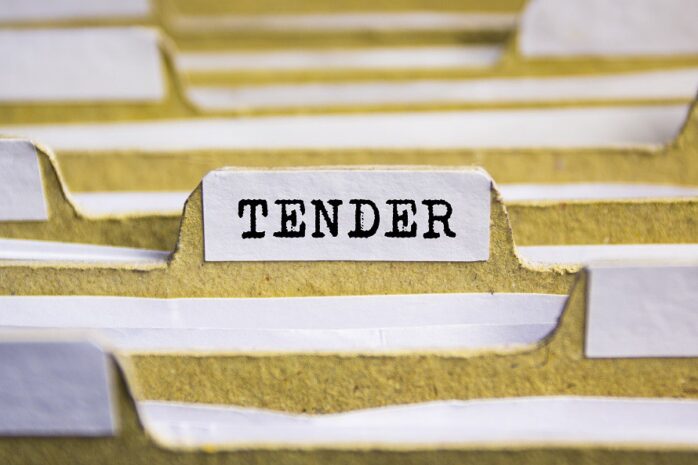
Various forms of partnerships and negotiations take place in the construction sector. This is one of the most typical businesses with tenders, bids, contractors & subcontractors of the client’s choice, and poor bidding profiles. But what is the tendering process interesting for?
There are many exciting rules and tricks to take into consideration if you are willing to get this or those orders. The building niche requires extremely accurate bids, estimates, and other reports that can be easily generated by special-purpose tender cost estimation software. If you want to check then please visit https://conwize.io .
Only imagine that the plethora of numbers, different showings, percentages, and other parameters are gathered in one database for faster and automated processing, analysis, etc. The cost estimate is the last step in the pre-construction phase and often culminates in a legally binding agreement between the owner and the project manager.
The right construction software eliminates the need to call contractors and ask subcontractors for information. Manage schedules, send alerts and automate payments from the same intuitive platform. And in the context of the preparations before tenders, find the best balance concerning your profits and control everything even remotely with digital solutions available for everyone now.
What Is a Tender in Construction?

The tender can be initiated by both clients and companies (as general contractors for hiring subcontractors). Different parties can take part in the tendering process. All the attendees should send their bids to the organization that arranges such a competition between candidates. When the contractor or customer gets a bid on the specified construction project, it means that one became a participant in the tender.
It is worth noting that each tendering process is unique. There isn’t any template for all the projects. That is why different tender types exist in the construction sector. One variant of the tendering process will be perfect for house renovations (with the model one GC and several subcontractors to hire for narrow-direction tasks). Another kind of tender will be suitable for building the huge premise from scratch.
Let’s take a closer look at all the main types of possible tendering processes. IT will be easier to pick sides with the best-matching tender model for your business to prevent losses, risks, and poor bidding background if you are going to become the attendee, not an organizer.
3 Types of Construction Tenders to Take into Account
There are three types of tenders in construction. They are government, Tier 1 & 2 contractors, and ones for small and medium contractors. It is worth noting that each kind of the tendering process obtains its own peculiarities. Do not miss any details to understand which variation of the tender fits your business most of all.
1 – Government Tenders

This is the tendering process that involves some public resources. It can be some local authorities who require new premises for the needs of the citizens. At the same time, the contractor can have a public party. For example, this is a company that depends on the government and its budget. The most significant benefit of this tender type is its transparency.
As public tendering processes are held and awarded by various government bodies, all the positions according to these agreements are very strict. From the very beginning and up to the end of the tender, there is 100% supervision of all the stages. The biggest weak spot is the duration of government tenders. Usually, they are not lacking in bureaucracy and long-term checks of all the attendees. Be ready for specific registration processes and wait too long waiting for the results concerning the bid winner.
2 – Tier 1 & 2 Constructors’ Tenders

Most experts state that this tendering model is one of the most optimal today in the construction niche. The most critical factor of this tender is attractive contractors’ and subcontractors’ rates. But the quality of work also matters. It is not enough to place a bid with the lowest costs and wait for your victory in the tendering process.
Profiting for the stakeholder plays one of the most important roles. But all the parties are interested in the high-level performance of construction tasks. That is why be ready to provide your portfolio, CVs, gallery, and testimonials to impress your potential clients. Additionally, do away with all risks while starting as a powerful player in the tendering arena with the money reserved to cover extra expenditures.
Note that your insurance and the opportunity to maintain financially all the building stages can be checked by the customer and top-tier contractors. It is better to estimate and forecast different situations well before placing a bid.
3 – Small & Medium Contractor-Friendly Tenders
Someone can consider the third tendering type as the most limited one when it comes to the parties’ capabilities. Nevertheless, small and medium contractors’ tenders are very popular among representatives of the construction sector. It can be explained by the wide range of premises and remodeling works that are covered by this tendering model:
- Construction of residential buildings;
- Undertaking commercial fit-outs;
- Small renovations of the residential and commercial premises, etc.
It is quite easy to arrange this tender because each stage runs fast. Usually, invited builders or companies willing to participate in the tendering process can offer their own trusted subcontractors. This model of cooperation and construction organization speeds up all the arrangements. Especially if contractors use digital tools to automate calculations, estimations, etc.
The accuracy factor is not a challenge anymore for tender participants who understand the necessity of high-quality bidding, management, and tender software for their business. Make a difference today while picking sides with the most optimal tendering model and digital tools for your successful performance in the construction arena in 2024!
Summarizing: Tender Paperwork

Do not forget about the required paperwork and arrangements for risk-free and profitable tenders. First, be ready with the package of necessary documents for the tendering process. It includes the architectural drawing of the object, engineering drawings of the project, documents on legal backgrounds (permissions, licenses, etc.), and town planning & soil reports.
Additionally, check everything you need for the tender request. Usually, this paperwork covers various registration certificates, scheduled plans of work, itemized budget plans, etc. Be ready to provide any additional information to specify details and increase your chances to win the tender.





